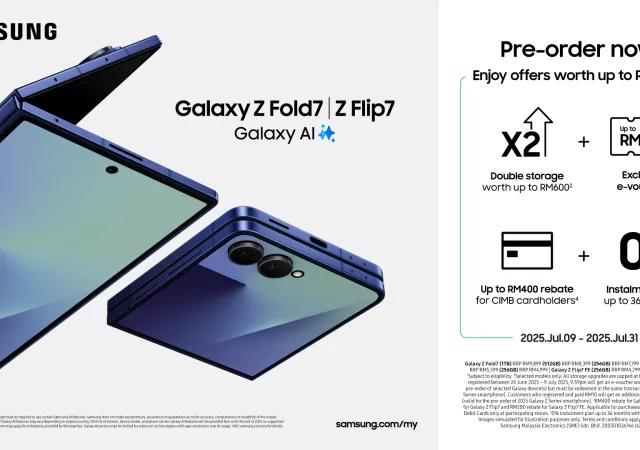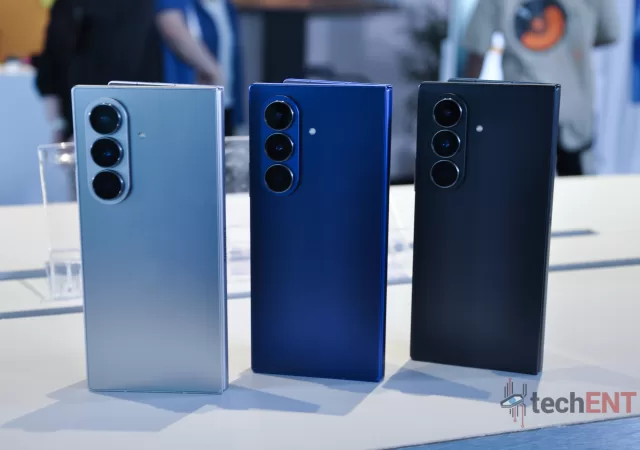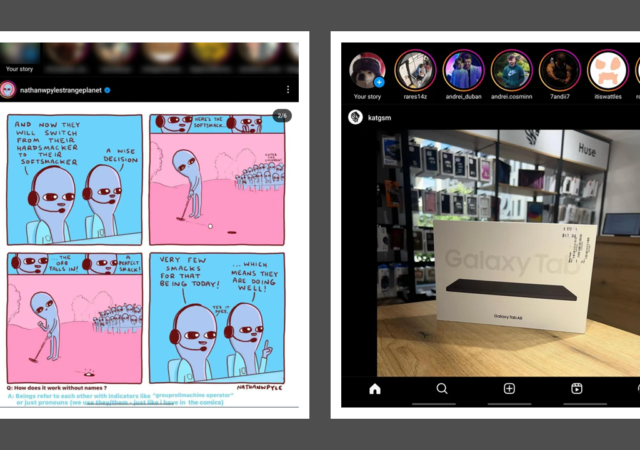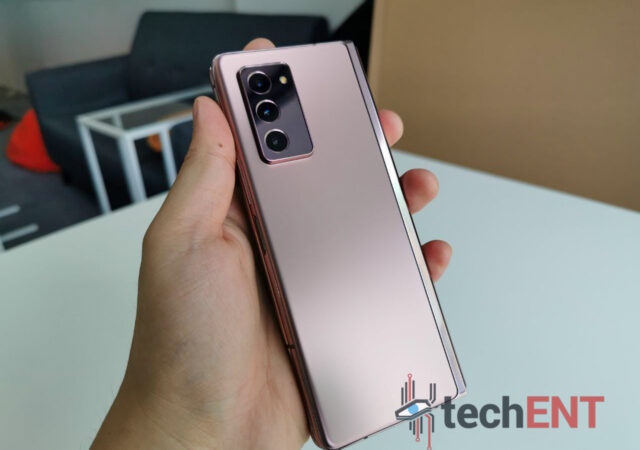Samsung’s new Galaxy Z Fold7, Z Flip7 and Z Flip7 FE go up for pre-order in Malaysia with promotions worth up to RM1,390.
Samsung’s Galaxy Z Fold7 is the Slimmest Ever with a Massive 8-inch Display
Samsung unveils its slimmest Galaxy Fold ever with the Galaxy Fold7 that comes in at only 4.2mm unfolded.
Instagram Finally Testing Out Tablet Layouts On Android
Instagram seems to be testing out layouts for larger screens on Android as new interfaces surface on Samsung’s Galaxy Fold series.
24 Hours with the Samsung Galaxy Z Fold2
We had a Samsung Galaxy Z Fold2 with us for a while, but what does it feel like out of the box? This is our experience with it in 24 hours.
Samsung Galaxy Fold In Depth Review – Still A Prototype, but A Step in the Right Direction
Samsung’s Galaxy Fold is a revolutionary device, however, being an early adopter may have its drawbacks. Here’s our review of the new foldable.







